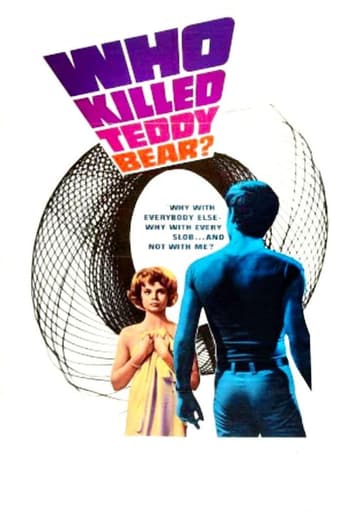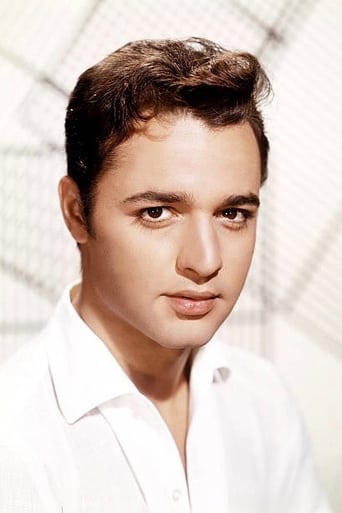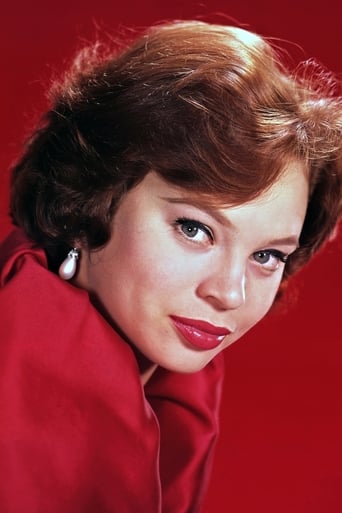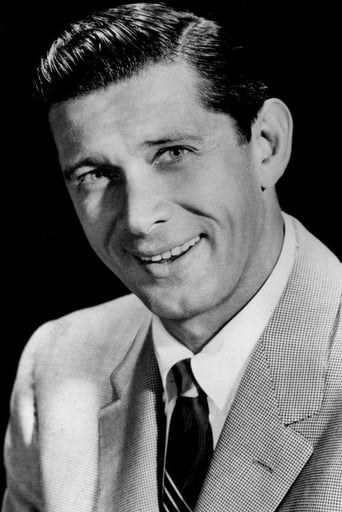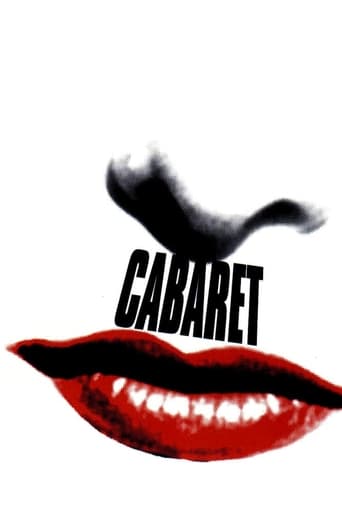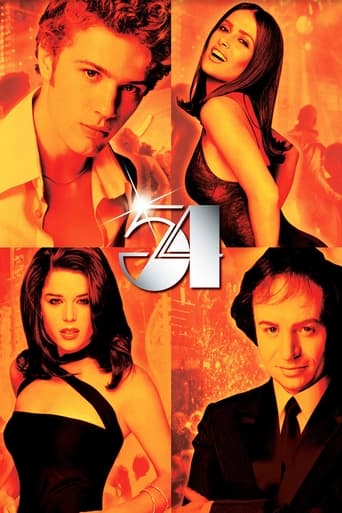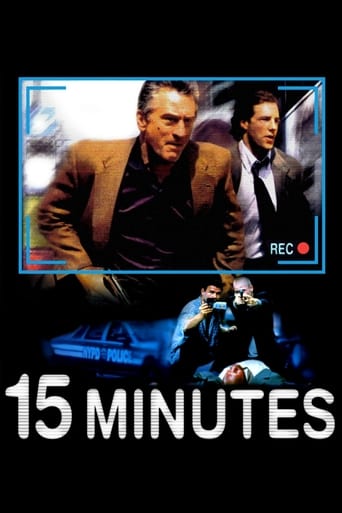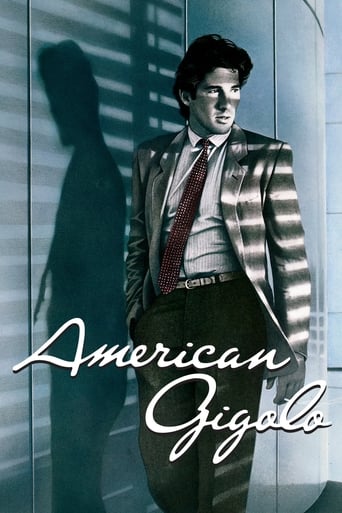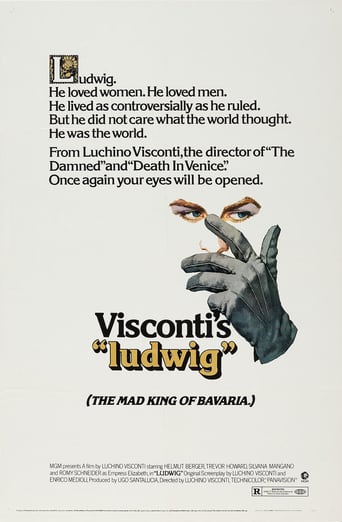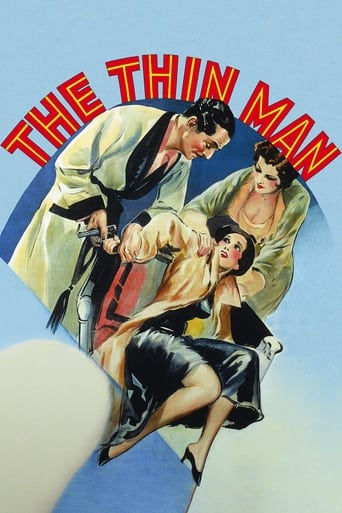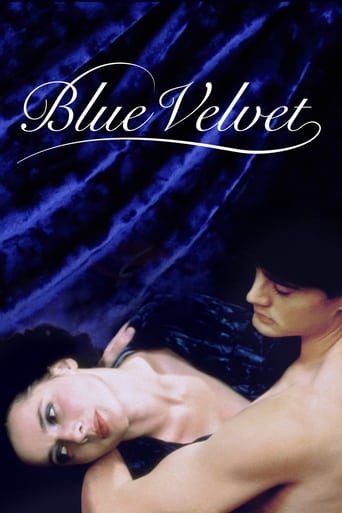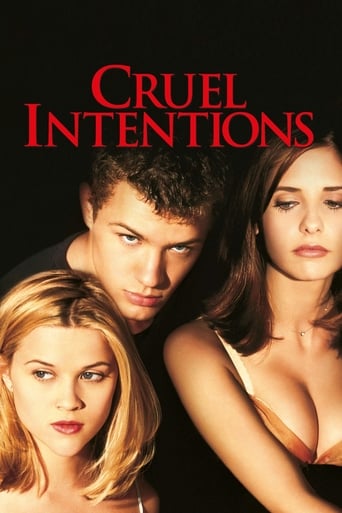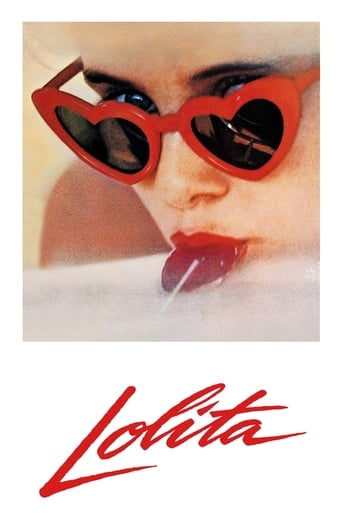Who Killed Teddy Bear? (1965)
A grim police detective embarks on a one-man crusade to track down a depraved sex maniac when a nightclub deejay receives a disturbing series of obscene phone calls. Finding himself getting far too close to the victim for comfort, the hard-boiled cop must track down the unbalanced pervert before he can carry out his sick threats...
Watch Trailer
Cast


Similar titles
Reviews
If you don't like this, we can't be friends.
Absolutely Fantastic
This is one of the best movies I’ve seen in a very long time. You have to go and see this on the big screen.
An old-fashioned movie made with new-fashioned finesse.
Although the Italian giallo officially dates from Mario Bava's 'Blood and Black Lace' (1964), the genre didn't bloom until the early seventies; with the unfortunate result that they are indelibly associated for this viewer with ugly colour and even uglier clothes and haircuts. 'Who Killed Teddy Bear' gives an interesting glimpse of what gialli would have looked like had they been made just a few years earlier when a modicum of taste still prevailed, and male dress sense (an oxymoron if ever there was one after the late sixties) hadn't yet been wrecked by the bizarre notion that flares and sideburns looked cool, and sharp suits, thin ties and short back and sides were still standard male apparel (it's nice to see Dan Travanty (sic) and Bruce Glover, for example, looking so young and clean-cut; the former playing a deaf mute, the latter an unnerving security adviser). That goes for the women too: I've never seen Elaine Stritch look more chic and glamorous than she does as the elegant lipstick lesbian she plays here.Most of the conventions of the giallo are present and correct in this movie: including voyeurism, transvestism, flashbacks depicting childhood sexual traumas, the stalking of women, weird camera angles making us complicit with the killer, obtrusive musical accompaniment and cops who make the Keystone Kops look like Maigret (the unprofessional way the detective behaves at the end has to be seen to be believed!). But 'Who Killed Teddy Bear' could only have been made at that fault-line in the mid-sixties when censorship was being rapidly eroded and subjects that would have been absolutely taboo just a couple of years earlier could even be hinted at; but before the descent into full-frontal crudity that makes so much modern cinema almost unwatchable. The script is liberally sprinkled with words like "pervert" and "hooker", for example; but there's no swearing. And of course - although no one had any inkling of this at the time - it was made just at the moment that the black-&-white feature film as the cinema's default setting was on the verge of disappearing forever. Six years earlier cameraman Joseph Brun had shot one of the most breathtaking black-&-white features ever made, Robert Wise's 'Odds Against Tomorrow' (1959); so when I saw his name on the (extremely stylishly designed) credits I knew I was in for something special.
There is a 94 minute cut out there someplace....Yet this is a remarkable film, and much better than I'd anticipated (I'd never seen it before until recently). Shot in the winter of 1964/65, it's ahead of its time and covers subject matter taboo even now, certainly for mid-'60s Hollywood... It's B&W photography is as haunted and moody as a PSYCHO-era horror film, but TEDDY BEAR has an organic quality about it most Hollywood movies don't have today and didn't have yesterday --- and it reminds those of us old enough to remember of how the cities, from the mid-'60s to the '70s, were beginning to fall apart in the wake of JFK's death and the rise of the incomprehensible Vietnam war (where all our tax dollars were going) -- when peep shows and adult "book stores", with their wares on display in the shop windows, popped up in even "nice" business districts beside Tiffany's, creating a tense and fascinating shabbiness that helped define the schism that was "the '60s".So the cultural meltdown wasn't just about the hippies and their drugs and the acid rock and the protests which would soon follow this movie (not that there was much of a reaction to the film itself, as few people saw it then); for all the romanticizing of that decade (some of which is understandable), Walter Cronkite wasn't entirely wrong when he called the 1960s "a slum of a decade" and TEDDY BEAR hints at that better than most industry films of the time, and serves to remind us that the world of that era wasn't really all that innocent (even if it was a bit naive in other ways). Such was that echo chamber, filled with its cacophony of voices, that was the '60s -- where you had two decades seemingly shoved into one. And with this movie squarely on the cusp of both.Good acting, taut direction, and a lot of layers going on at one time...
Even before you see his face, you can feel the sensuality of Sal Mineo thrusting its way off the screen, wearing nothing but tighty whities as he makes several obscene phone calls at 6 O'clock in the morning. He's only fondling his legs, but the point is made. When you finally see Sal's gorgeous face, he's inside a really swinging nightclub where the customers are rude, crude, long to be nude, and using food to get the girls in the mood. Mineo works busing tables and takes over waiting them when the servers don't show up. "If you're going make it in show biz, you're going to meet some pretty weird types. Of course, that is assuming that you're planning on making it on your feet, so to speak!" That's how you're introduced here to the legendary "Ladies Who Lunch" diva Elaine Stritch, playing an extremely glamorous lesbian who has the hots for D.J. Juliet Prowse. Tough but with a sense of compassion to the underdog, Stritch has a drunk customer kicked out and stands up for one of her deaf employees when the customer attacks him. She reminds me a great deal of Grayson Hall's character in the cult movie "Satan in High Heels", although this was obviously made on a bit of a higher budget even if it's still down the scale on its vision of a lack of polite society.As for Mineo, don't let his polite on the surface nature fool you; He disguises his voice on the phone as you see only his bare chest and the tip of his jockeys, and this is where the perversion takes on a sexual film noir story, pre-dating "Basic Instinct" and "Fatal Attraction" by more than two decades. This is the village, and it is not a polite society. The film turns dirt into art, and it is absolutely fascinating to watch, even though you are praying that circumstances like this never happen to you. But when you work in the bar world of a big metropolis, you never know what type of sociopath is going to come in. Even the police detective interviewing Prowse after she is harassed on the phone has a very verbal way of describing the types of characters he has come in contact with. Don't click your heels together to hope to go back to Kansas; Once you're in the land of Odd, you're stuck there.A jazzy music score aids in the vision of New York's dark side, and there's no turning back when you stay out past happy hour. Nights in New York always bring film noir to life, whether it's on screen or in reality. I have been searching for this dark and disturbing film ever since I became fans of both Mineo's and Stritch's, and in biographies on Mineo's life, Ms. Stritch went into great detail in her remembrances of him as a man and as an actor. Jan Murray is fantastic as the police detective overshadowed by the grittiness in his life, yet still leading the life of perfect father. A lot of detail went into the creation of each of these characters, and every moment is fascinating. Every character (including Murray) has their own elements of darkness, showing the inner anxieties we all carry and which can explode at any minute.The teddy bear reference is an interesting metaphor both psychologically and visually, and in spite of the tacky nature of the theme, it is sensationalism that titillates no matter how much the viewer tries not to admit it. As Jean Simmons' missionary said in "Guys and Dolls", she's supposedly afraid of sin, so naturally, she's attracted to it. But these aren't the friendly colorful gamblers of Damon Runyeon's New York. This is a John Cassavettes/John Waters view of a changing society, filled with a gritty ugliness that the early film noir only dared to touch on.
Pretty, young Juliet Prowse is a NYC discotheque DJ being stalked by sex-psycho Sal Mineo in this flawed but ahead-of-its-time shocker, a film which might appeal to enthusiasts of Sam Fuller's contemporaneous work.With art-house application to grindhouse material, WHO KILLED TEDDY BEAR should have a broader appeal than it does. Performances are strong by the most of the cast(especially Elaine Stritch as Prowse's inured lesbian boss, Jan Murray as the solicitous investigator, and Mineo...a deeply disturbed but ultimately pitiable predator). Unfortunately, the film is marred significantly by the comically written and overplayed character of Mineo's little sister, doomed to eternal childhood as the result of a tragic accident.Though there is intermittent creative camera-work at hand, the overall production values are pretty low. Fortunately, the tawdriness of the whole affair calls for just that, and WHO KILLED TEDDY BEAR succeeds, perhaps despite itself. It's a gripping, stark, and quite depressing meditation on obsession, loneliness and perversion which touches bravely on every taboo in the book. Nonetheless, this rife lurid sensationalism feels strangely at-odds with the customary sleaze that exploitation cinema celebrates...the tone here is otherwise rather cautionary, perhaps propelled by the whiling fears of 60s-era reactionaries. The times, they were a-changing, and many at the far-right felt the nation's moral compass had become a pinwheel in the wind.7.5/10. Classic of its kind.

